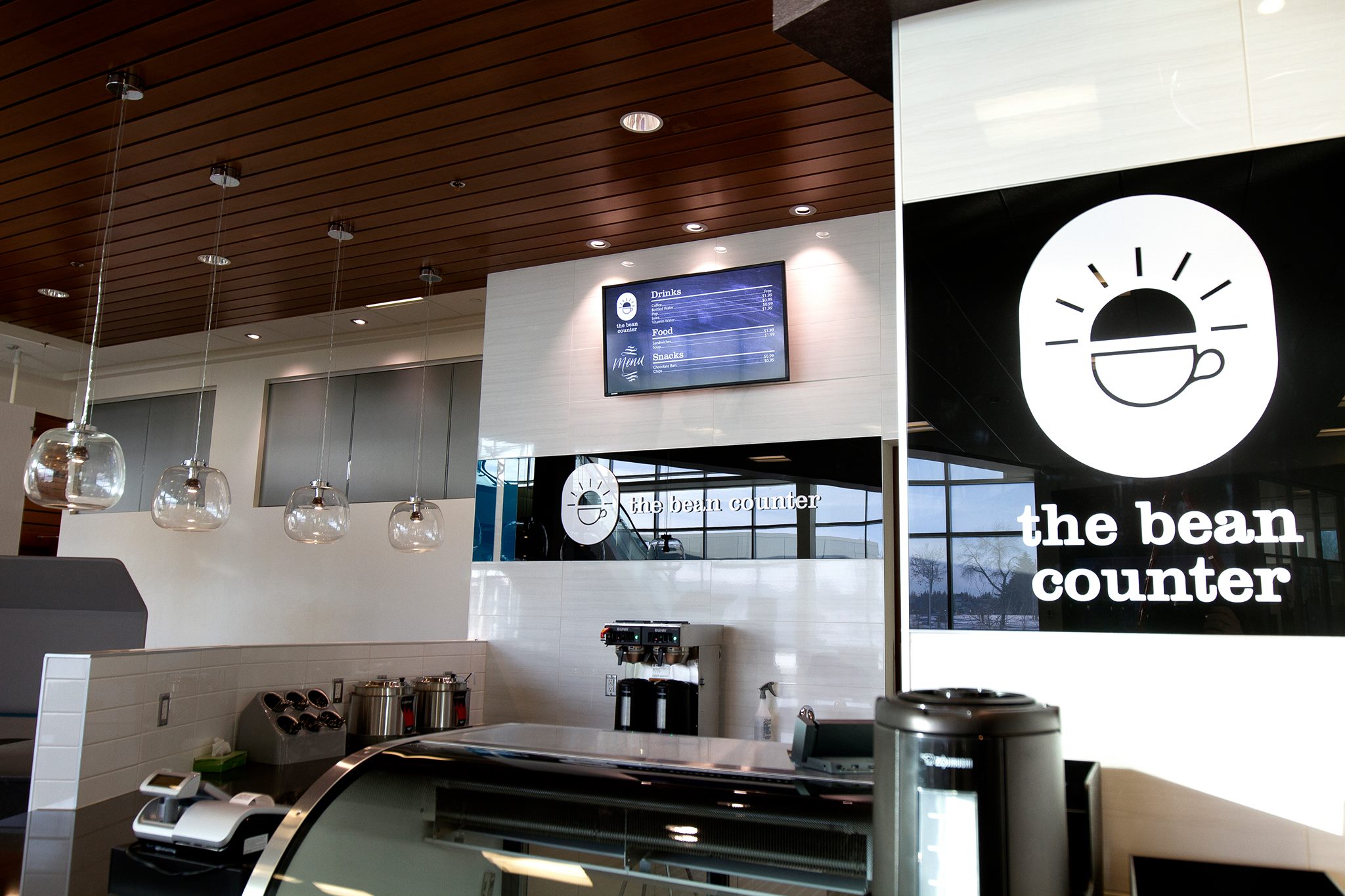Harmonizing Traditional Systems utilizing Advanced Audio Connectivity Technologies to achieve Improved Performance as well as Flexibility.
Harmonizing Traditional Systems utilizing Advanced Audio Connectivity Technologies to achieve Improved Performance as well as Flexibility.
Blog Article
In the current rapidly evolving world of audio technologies, the need to improve performance and flexibility in audio systems is more crucial than ever before. Many organizations and locations still depend on outdated systems, which are older solutions that may fail to have the features of contemporary devices. Nevertheless, integrating these outdated systems with cutting-edge audio communication solutions can lead to significant improvements. Sound communication allows for better interconnectivity between devices, making it easier to manage and operate sound throughout various areas.
One of the primary benefits of combining legacy technologies with contemporary audio communication is enhanced flexibility. Conventional audio systems often require complex cabling and limited pathway choices. With audio communication technologies like Dante or AVB, sound transmissions can be sent over conventional Ethernet cables. This implies that users can readily link multiple units without the need for extensive reconfiguration. Whether in a concert venue, a school theater, or a business event, this adaptability allows for quick modifications and modifications to the sound configuration without major delays.
Quality is another significant factor that improves when outdated systems are upgraded with up-to-date networking technologies. Outdated systems may struggle to provide high-quality audio, particularly in bigger venues or in challenging events. By adopting sound networking, entities can take advantage of sophisticated capabilities such as low delay, synchronization, and digital data processing. These improvements assist guarantee that sound is distinct and uniform, improving the overall quality for audiences and artists together. This transition can make a marked difference in how audio is experienced in different environments.
Moreover, integrating outdated technologies with modern technologies can lead to financial benefits in the long run. Although modernizing to new devices may necessitate an upfront investment, the effectiveness gained through audio networking can lower upkeep costs and minimize the requirement for continuous fixes. Additionally, networked technologies often require fewer tangible space than traditional installations, which can reduce on real estate costs in venues. Entities can distribute resources more efficiently, utilizing the money they save to allocate resources in additional Get More Information important areas.
Lastly, training staff on the method to operate integrated systems becomes easier with sound networking. Many contemporary audio networking systems come with intuitive controls and remote management features. This means that even those who may lack significant technical knowledge can be trained to manage and operate the audio solutions effectively. Educational initiatives can be developed focused on these solutions, enabling staff to maintain and diagnose technologies with assurance. By blending the old with the modern, entities can create a more competent and knowledgeable team, in the end leading to better sound experiences for all concerned.